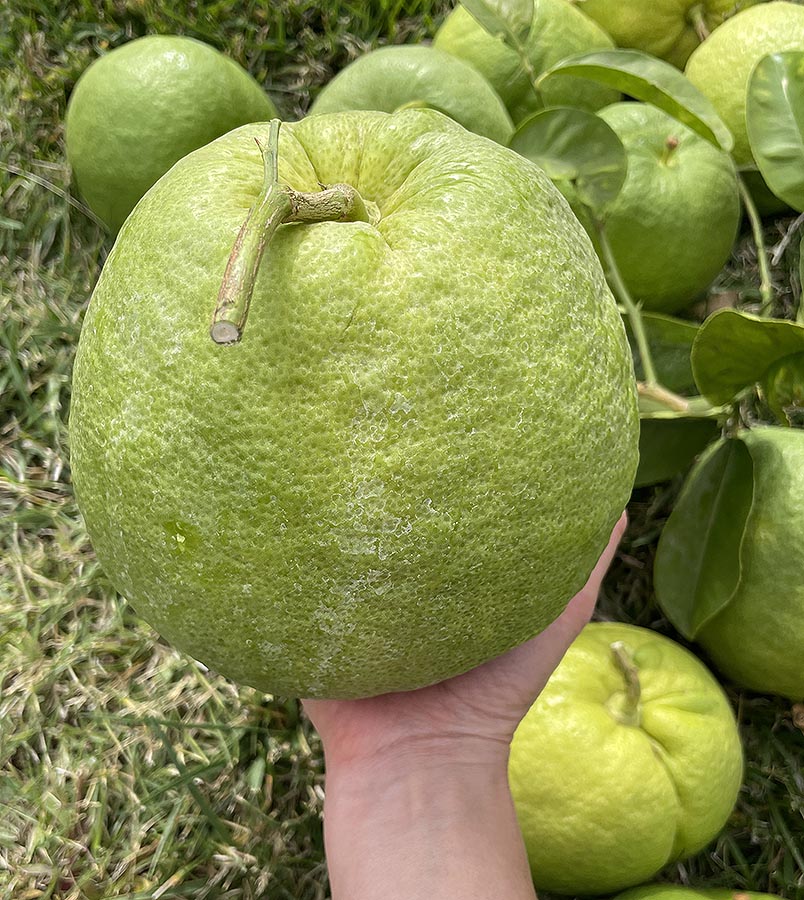Cone shells are extremely popular with collectors because of their striking color patterns. Many have color patterns and shapes, however, can closely resemble other similar cone shells. Therein lies “built in” confusion.
During the past two centuries, the genera and species of these shells have been being greatly overnamed! As of 2009, more than 3,200 “so-called” species, and supposedly, unique 115 genera have been named (Puillandre et al., 2015). As a result of having so many available names, many of which are unwarranted, identification of modern-cone shells as to their respective genus and/or species has been a daunting task.
Puillandre et al (2015), based on molecular studies, suggested that all these cone snail shells can be classified as a single family that is comprised of only four genera! The type species of genus Conus is one of these four genera, and it is illustrated and discussed here; [note: 85% of all cones shells are now classified as belonging to genus Conus].
The officially accepted type species [i.e., the species that defines this genus] of Conus is Conus marmoreus Linne, 1758 (by subsequent designation), which is shown below. It has a history of overnaming (over 100 synonym names). Like all cone gastropods, it is a predatory snail that is venomous. It lives in tropical waters in the Indian Ocean, in the western part of the Pacific Ocean (e.g., Fiji Island and the Marshall Islands), and also off Australia (e.g., Northern Territory and Queensland).
Conus marmoreus 7.5 cm height [= 3 inches], two views: apertural, followed by the abapertural view of the type species of Conus; Indo-Pacific.
The shell of C. marmoreus has a zig-zag, strikingly beautiful, reticulated color pattern consisting of spirally arranged, zig-zag rows of so-called white “tents” (triangular-shaped patches) on a black background. The “tents” can be somewhat variable in size. The spire of this shell is lowly angled and nodular-looking. The shell is rarely orange in color. The interior of the aperture is usually white but, rarely, light pink. It is very important to remember, that cone shells, like other seashells, can have variation in their color pattern.
Classification of Conus marmoreus:
Phylum Mollusca
Class Gastropoda
Order Neogastropoda
Family Condo
Genus Conus Linnaeus, 1758
Species marmoeus Linnaeus, 1758
The geologic time range of Conus is middle Eocene (including its fossil record in California) to present day (see Groves and Squires, 2020). Cone shells (fossil and modern-day) are usually found in warm tropical seas. Only a few species are adapted to cooler waters.
Cone shells live in intertidal to deeper depths. They commonly live on coral reefs, but can live in sand or rocks. The larger cone shells can grow up to 23 cm (9 inches) in length. A periostracum (an organic, paper-thin layer) can cover the color pattern in some species.
References Consulted:
Groves, L.T. and R.L. Squires. 2020. Checklist of California Paleogene-Neogene marine Mollusca since Keen and Bentson (1944). PaleoBios 37(1). [pdf readily available online for free].
Puillander, N., T.F. Duda, C. Meyer, B.M. Olivera, and P. Bouchet. 2015. One, four or 100 genera? A new classification of the cone snails. Journal of Molluscan Studies 81:1–23. [pdf readily available online for free].



















